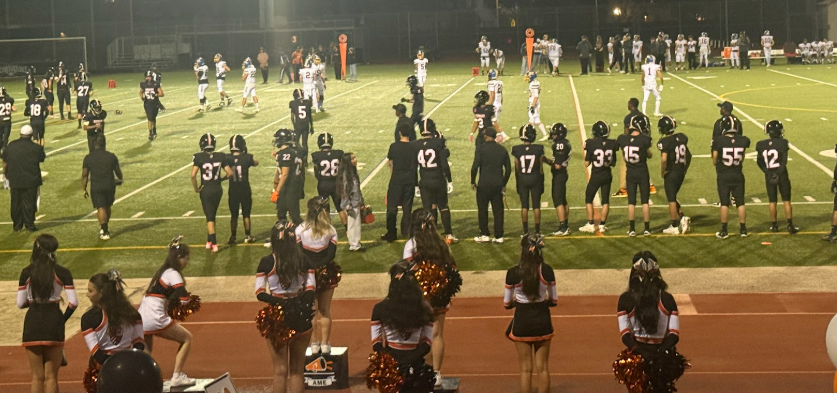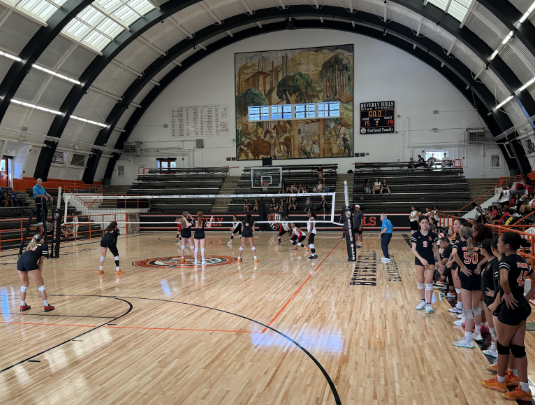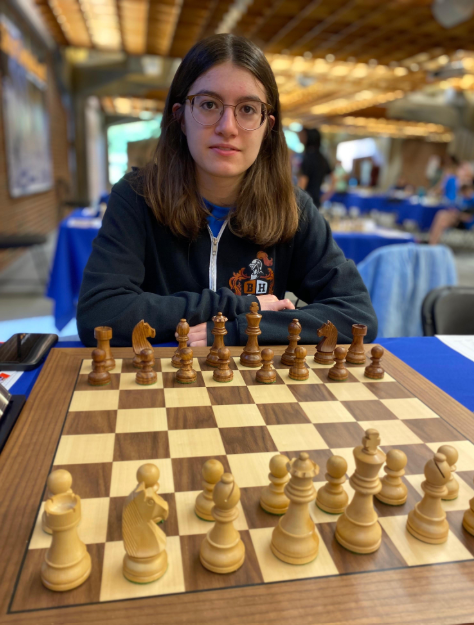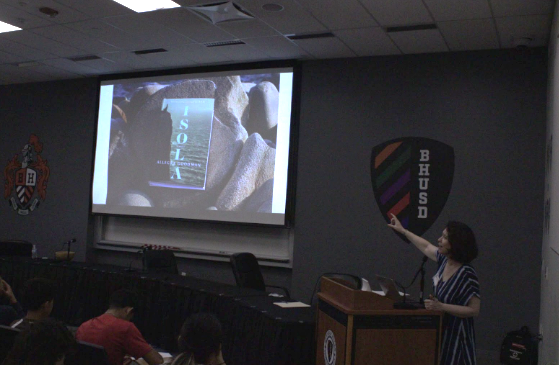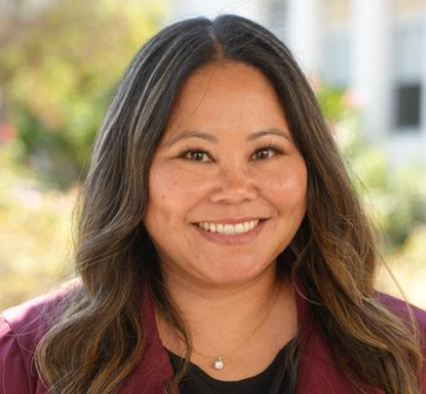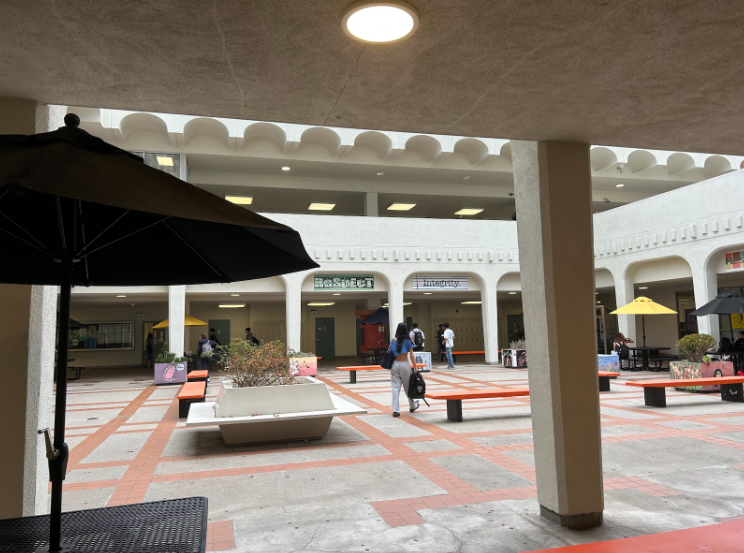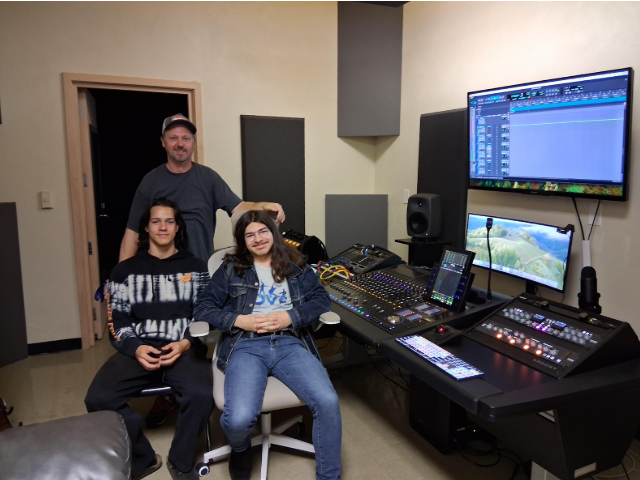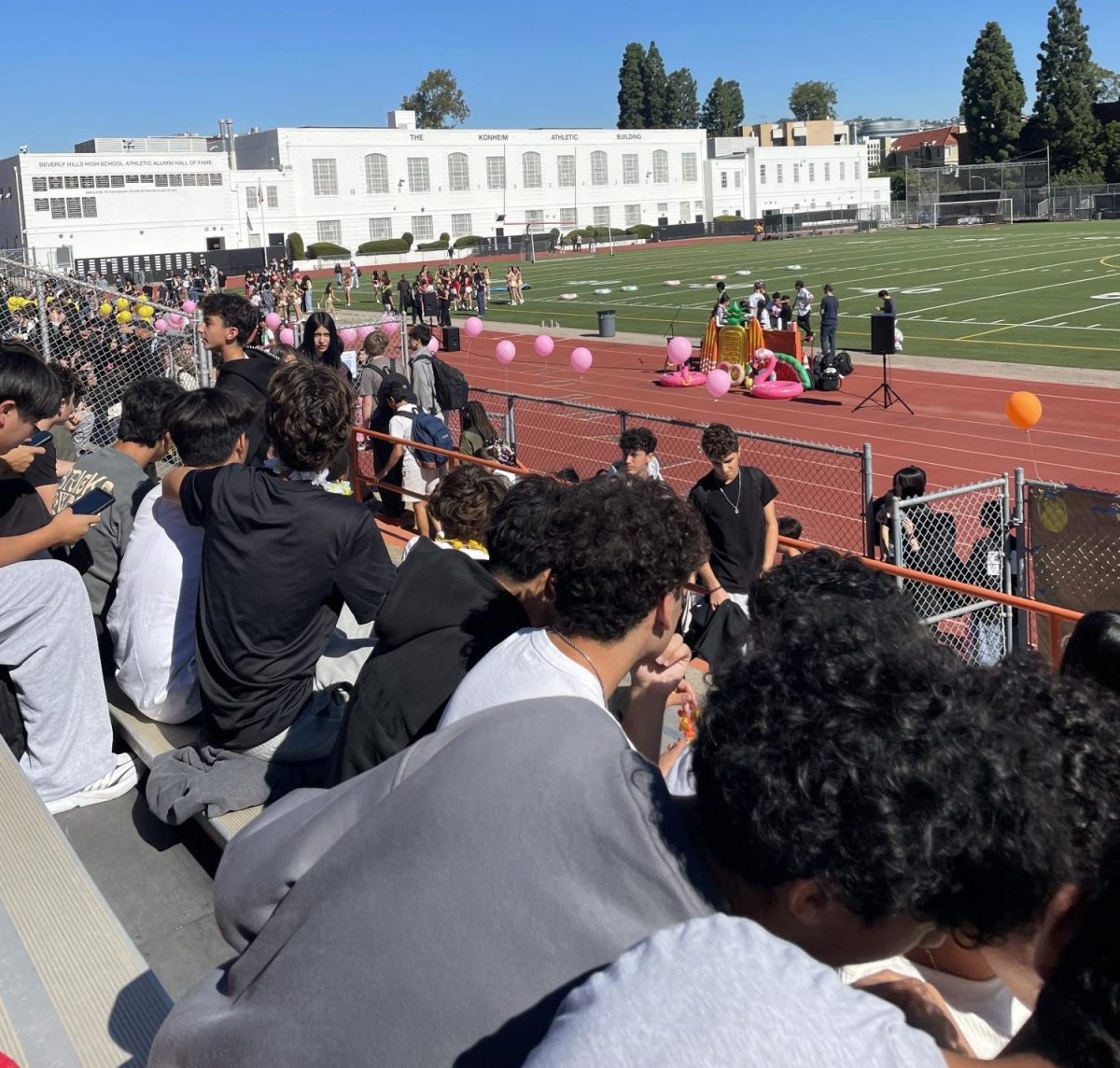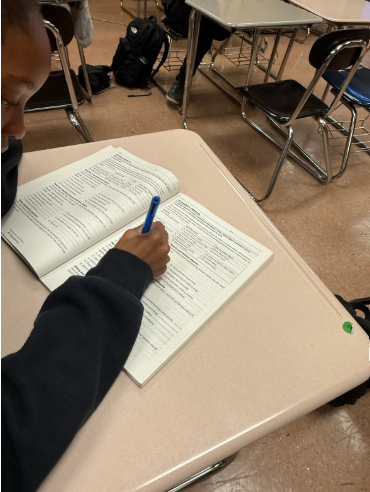Lauren Hannani culture editor
Priscilla Hopper media manager
Nowadays, taking photos has become an everyday occurrence. For most people, it just means taking out a phone and clicking a button, but for sophomore Will Liner, photography is an art form that requires more complexity and thought than the average selfie.
Liner first discovered that he enjoyed photography when he traveled to Southeast Asia about three years ago. Shot on his iPhone 6, the photos were just an experiment to find out how creative and exact he could be by playing around with angles and editing.
“Back then, I just wanted to find a way to document my trip through the eyes of an artist, not just a tourist taking photos that’ll end up being deleted,” Liner said. “I wanted to try out a new way of creating personal memories and photographs that really stood out and made any audience truly enjoy visualizing my images.”
Although he admits that these photos do not reach his standards today, the experience led him to buy his first Canon camera, which he soon began to bring with him wherever he went. He also began to look at other people’s photography more in depth for inspiration.
“I soon fell in love with photography, from the editing process to the shutter speeds, apertures and every other minute detail of the craft,” Liner said. “I wanted to prove to myself that I could be the best I could possibly be in the art of photography, so I began to study the works of professionals. I’ve probably watched over 2,000 hours of photography videos all across the Internet and gathered as much information and techniques as possible to create my own unique style.”
The style he eventually came up with includes bold, dramatic colors and effects that emphasize his feelings when taking the photo.
“When planning out my shots, I take a look around and visualize what everything makes me feel,” Liner said. “If I’m at the beach, I see the edits favoring a warmer tone and a vintage look. If I’m at an area with neon lights or bright artificial light, my edits will usually reflect my style of deeper, darker colors that highlight the power of those colored lights.”
While he mostly takes landscape photos, Liner has also begun to experiment with portrait photography as well, which has taught him a whole new editing process as a result. In his words, the challenge makes the photos “more meaningful than just pressing a few buttons.”
“I like to break the rules and shoot straight on portraits, where my subject is placed in the dead center of the image. My editing style flows around a constant use of darker shadows and dropped blacks that give what’s in the frame a more important feel than whatever else is in there,” Liner said. “I also love to emphasize the texture in the skin to create more natural feels, but my nighttime photographs almost always have lots of color and liveliness to them.”
[slideshow_deploy id=’33063′]
Photography teacher Tim Briggs, who has Liner as a student, finds that Liner knows facts about digital photography that sometimes he does not know.
“Contrary to popular belief, teachers don’t know everything, so if I have a question in class like, ‘Wait, what is this again?’ he usually knows…he just has a lot of digital experience with Photoshop and Lightroom,” Briggs said. “So, he’s been a great resource for me. I definitely have gone to him a couple of times and asked him about stuff, but I mean, his work is really good. He just understands how [photography] works.”
However, Liner did not learn all of this in a few days or weeks. After observing other photographers’ works and asking different artists for tips and information, he started to try it out on his own.
“I was intrigued by how photographers were able to create such appealing works of art that visualize a story for every single person. I couldn’t understand how one photo could stir up emotions from someone who has no idea what the subject is, or have any personal connection toward the image,” he said. “I would walk through art galleries to try to get a better understanding of composition, printing, equipment and the exact settings used in each individual photo, wanting to create and mimic that same dramatized effect as the photos I saw.”
Liner’s brother, Andrew, is amazed at how quickly his brother was able to become professional in his work.
“[He] went from, ‘Oh here’s a random picture’, to professional editing, and then he became obsessed with learning everything he could about the camera,” Liner said.
Although Liner is not sure yet whether he wants to pursue photography as a career, he is sure that the activity will remain a “passionate hobby” for many years to come.
“Just like everything in life, you start as a beginner with very basic knowledge, but with experience and dedication, you can get past the learning curve and truly succeed in your passion,” he said. “It has taken me a few years to get to where I am today as a photographer, and I have so much to learn ahead of me, but I have fallen in love with the art form and will continue to learn and grow in the years ahead.”







